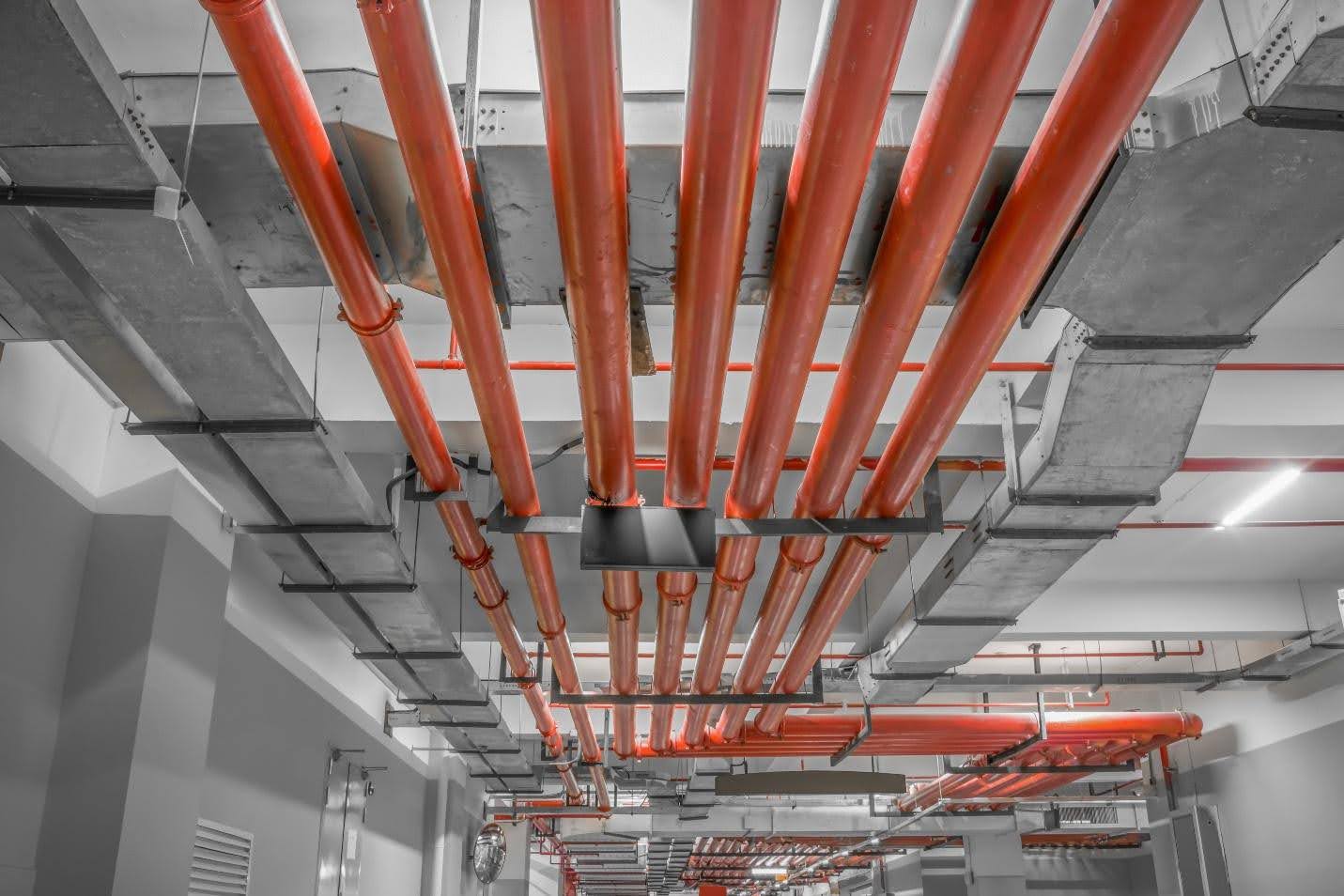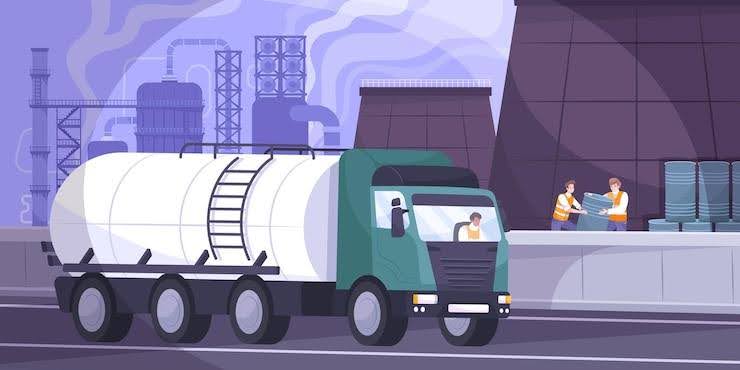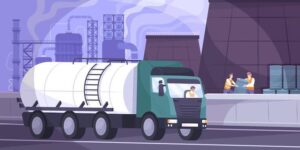Standard fire protection is insufficient in high-hazard places such as big industrial plants, airplane hangars, and fuel storage facilities. Fires in these areas have the potential to start quickly, spread swiftly, and withstand conventional suppression techniques. The dual agent fire suppression system, which combines two extinguishing agents to provide quicker, more dependable outcomes in emergency scenarios, is becoming a popular choice among safety engineers to address this difficulty.
Why High-Hazard Area Needs Specialized Protection
While traditional water-based sprinklers work well for common combustibles, they frequently fall short when it comes to electrical equipment, flammable liquids, and pressured gases. One suppression agent is not usually sufficient to control fires caused by these dangers.
A large dual agent fire suppression system is important in this regard. It provides both instantaneous flame lockdown and long-term absorption to avoid re-ignition by combining two distinct suppression techniques.
How the Dual Agent Fire Suppression System Works
In this system, two complementary extinguishing chemicals are usually applied consecutively or all at once. The technology is scaled to cover vast or high-risk areas in larger installations without compromising efficiency or speed.
The most typical combinations consist of:
- Dry Chemical + Foam: Foam creates a blanket over flammable liquids to stop vapors from rekindling, and dry chemical provides a quick flame knockdown.
- Inert gas and water mist: Gas lowers the oxygen content in enclosed areas, making it perfect for delicate equipment, while mist cools surfaces and minimizes smoke.
- Foam + Water: While water offers cooling and broader coverage, foam combats fuel-based fires.
Things to Consider Before Installation
The dual agent systems are quicker, more flexible, and able to manage many threats in critical facilities. Before installing the dual agent fire suppression system, access:
- Hazard Type: Identify whether the risk is liquid fuel, electrical, or mixed.
- System Size: Storage tanks and pipes may need to be specially made for large installations.
- Environmental Impact: Chemical agent concentrates must abide by the most recent environmental laws.
- Maintenance requirements: Reliability depends on regular inspection.
- Integration with Detection: For the most effective systems, integrate sophisticated detection with suppression.
Real-World Applications
Aviation:
Hangars with hydraulic systems and gasoline are dangerous places. Dual agent systems provide quick extinguishment of fires that may otherwise spread.
Mining and Large Industry:
To safeguard both workers and equipment, large machinery operating in limited places needs to be suppressed quickly.
Military Facilities:
To handle the particular hazards of flammable materials, ammunition storage, and vehicle depots use dual systems.
Oil and Gas:
Volatile liquid fires can occur at refineries and fuel terminals. Foam and dry chemicals work especially well in these conditions.
Final Thoughts
More than just a cutting-edge piece of machinery, a dual-agent fire suppression system provides proactive protection against even the most difficult fire situations. By implementing this technology, site managers and safety officials can increase resilience and improve worker safety.
There is no room for compromise in high-hazard situations. Dual agent systems offer the ideal ratio of efficiency, dependability, and speed needed for modern fire safety.




























